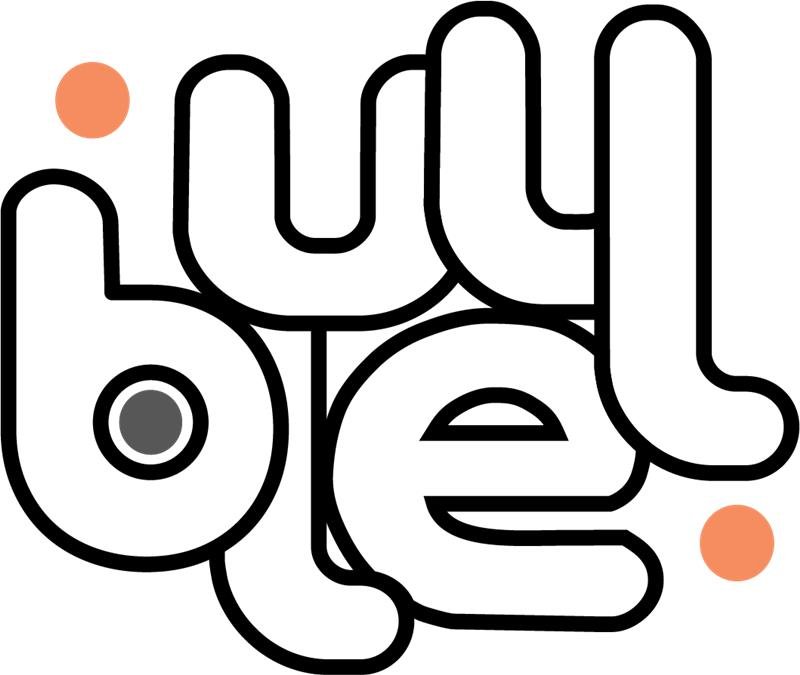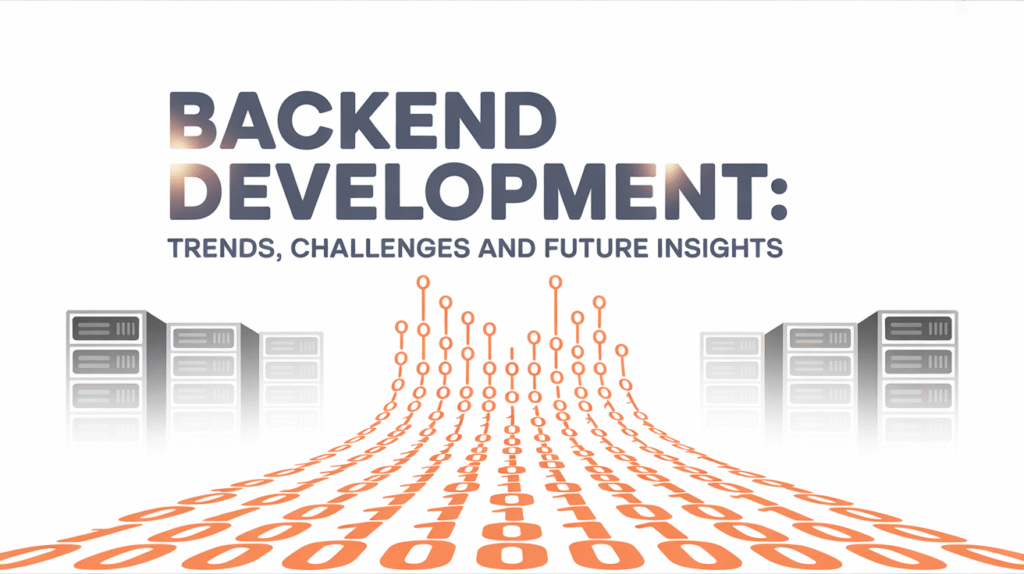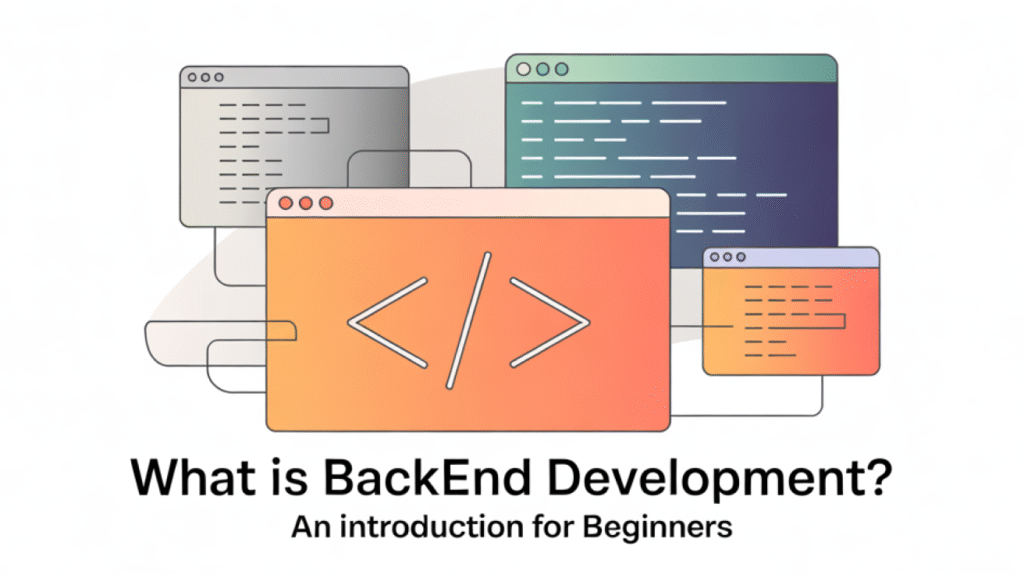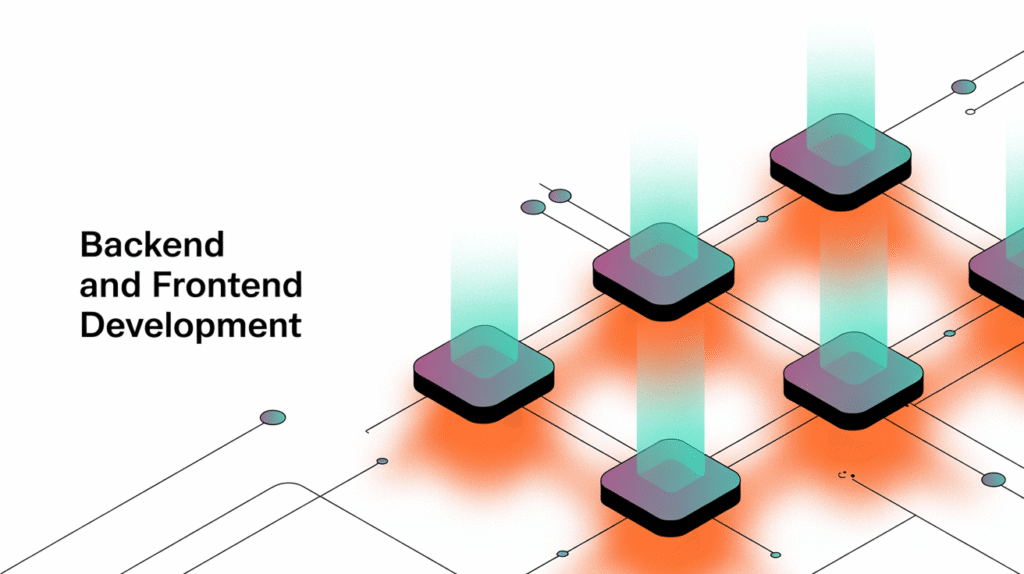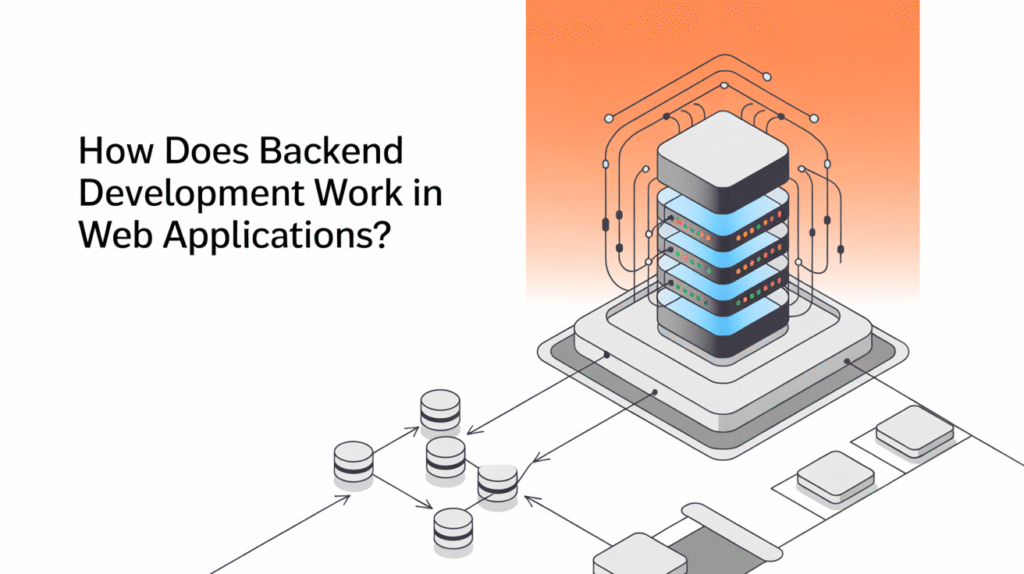- Bluell
- Blog
- Android
Proof of Concept
- Development
- 9 min Read
- 19 May 2025
Proof of concept (PoC) is a powerful way to test the waters before diving into a full-scale project. Imagine you have an innovative idea or solution. Exciting, right? But what happens if it doesn’t work as planned, or worse, becomes a costly mistake? That’s where PoC steps in and acts as a test run for your concept.
By creating a small-scale version or prototype, Proof of Concept (PoC) allows you to explore feasibility, identify potential challenges, and build confidence in your idea. It is a method that ensures you are on the right track before you invest resources, time, and effort. Companies in various industries, from software development to manufacturing, use PoC to minimize risk, secure investment, and pave the way for successful innovations.
We provide customized Proof of Concept (PoC) that uses your data to showcase the potential of your data warehouse initiative. Curious about what a PoC means? In this blog, we address all your questions and explain how a PoC can validate the success of your project while minimizing risks.
What is Proof of Concept (PoC)?
Before starting a data management project, it is important to demonstrate its feasibility and potential value through a Proof of Concept (PoC). A PoC verifies whether a concept is practical and capable of delivering the desired results. Especially for early-stage projects or when implementing something completely new, a PoC helps determine whether the investment of time and money will yield valuable results. It ensures that the project is both technically feasible and cost-effective.
To begin with, it is crucial to define clear objectives and identify critical needs. This enables the development of precise evaluation criteria and ensures that the PoC is designed to provide actionable insights for informed decision-making. A well-structured PoC paves the way for successful project implementation by focusing on measurable results.
Why is Proof of Concept (PoC) important?
Making critical technical decisions requires confidence in the potential of the solution. A Proof of Concept (PoC) provides concrete evidence that your proposed solution can effectively address key business challenges. Successfully completing a PoC increases the likelihood of project success by demonstrating its value and business impact, convincing decision-makers of its feasibility and benefits.
Here are important aspects to consider when initiating a PoC:
Risk management
A PoC helps identify and manage risks early, preventing costly problems during full-scale implementation. It is a safer way to solve problems on a smaller scale.
Informed decisions
A working PoC gives decision-makers clarity on whether to proceed, ensuring that resources are invested wisely and in viable projects.
Cost-effectiveness
Avoid wasting time and resources on large-scale projects that may fail. A PoC ensures that only practical and promising concepts move forward.
Promote innovation
PoCs drive creativity by encouraging experimentation, enabling teams to explore innovative solutions and find the most effective methods.
What should you know before starting a Proof of Concept (PoC)?
Before starting a PoC, it is crucial to create a clear vision of what you want to achieve. Align expectations, define goals, and collaboratively frame the scope of the project.
Important considerations for implementing a PoC:
- Objective: Identify the purpose of the PoC. What specific ideas or solutions are being validated and what results are expected?
- Measurable objectives: Define measurable success criteria to evaluate the effectiveness of the PoC. This provides clarity on whether the objectives were met.
- Resources: Assess the time, technology, budget, and staff needed to successfully complete the PoC. Ensure adequate allocation of these resources.
- Technical expertise: Confirm the availability of skilled professionals or tools required for smooth execution.
- Budget: Develop a realistic budget, taking into account all necessary costs, including equipment, software, and labor.
- Timeframe: Set a practical timeline to ensure the PoC is completed within a realistic schedule.
- Data collection: Describe what data will be collected and how it will be analyzed to assess results and guide decisions.
- Risk Management: Identify potential challenges and create a mitigation plan to manage risks effectively.
- Communication: Promote open communication with stakeholders and team members to adapt to progress and address challenges.
- Evaluation: After completing the PoC, analyze the results carefully to decide whether to continue, pivot, or revise the project.
A clear understanding of these aspects enables you to conduct a successful PoC, reduce uncertainties, and make well-informed decisions for future development.
Common Uses for Proof of Concept (PoC)
PoC is used in a variety of industries and contexts. Here are some examples:
- Software development: PoC is used to test whether a new feature or app can work with an existing system. This makes it possible to detect any problems early. By testing before full implementation, you can save both time and resources.
- Product Design: When working on a new product idea, PoC can help verify whether the idea really meets the market’s needs. It’s a way to get quick feedback and ensure you’re on the right track. This step reduces the risk of launching a product that doesn’t appeal to customers.
- Digital transformation: PoC is a great tool for testing whether new technologies, such as cloud services or AI solutions, work well with existing infrastructure. It allows companies to try out new solutions without risking the entire system. This helps ensure a smooth transition to digital solutions.
Challenges with Proof of Concept (PoC) and How to Overcome Them
Although PoC is a powerful method, there can be obstacles. Here are some common challenges and solutions:
Limited resources
Implementing a PoC can require time, money and the right expertise, which is not always available. To solve this, flexible working methods can be used and focus on the most critical parts of the project.
Unclear success criteria
If the goals of the PoC are not clearly defined, it is difficult to know whether it is successful. To avoid this, clear and measurable goals should be established from the beginning.
Time constraints
PoC can sometimes take longer than expected and delay the progress of the project. To deal with this, it is important to have good project management that keeps track of time frames and ensures that all deadlines are met.
Comparison between Proof of Concept (PoC), Prototype and MVP
To understand the differences between Proof of Concept (PoC), prototype and Minimum Viable Product (MVP), here is a comparison that highlights their main purposes, target audiences and uses.
| Factor | Proof of Concept (PoC) | Prototype | Minimum Viable Product (MVP) |
| Definition | PoC is a test of the feasibility of an idea or technology. | A working model of the product to demonstrate the look, feel and functionality. | MVP is a basic version of a product that can be launched on the market. |
| Main purpose | To validate whether the concept works technically or practically. | To visualize the product and test usability and design. | Introducing a product to the market and gathering feedback from users. |
| Target group | Internal teams, decision makers and technical experts. | Internal teams, designers and users to test usability. | End users or customers. |
| Focus | Test and solve technical challenges. | Focus on user interaction, experience, and design. | Explore market demand and user experience. |
| Example | A company is testing whether a new AI model can be integrated into their system. | A clickable prototype of an app for testing user flows. | A company launches an app with only core features to get feedback. |
| Time horizon | Shorter timeframe to validate basic functionality. | Medium, as it requires iteration based on user feedback. | Longer timeframe when the product is launched and user feedback is collected. |
| Cost | Relatively low as it only involves small-scale testing. | Higher than PoC, as it requires a working model. | Can be higher because an MVP requires development and deployment. |
| Risk level | Lower, because it does not require full product development. | Medium, as it is still in the prototype stage and may change. | Higher, because an MVP is launched on the market. |
| Tools and methods | Prototypes, simulated environments, and technical tests. | Interactive models, design mockups and user testing. | Actual products, user testing and marketing. |
| Examples from IT | A PoC is used to test cloud integration into a system. | A clickable app prototype to demonstrate user interface and flow. | An MVP is a cloud-based platform with limited features that is launched for use. |
| Final result | Decide whether the project is feasible or needs to be adjusted. | A visual and functional model to further develop. | A working product that can be further developed based on feedback. |
Improved PoC reporting with ProjectManager
Achieving a successful POC requires seamless reporting to highlight insights and opportunities. ProjectManager offers powerful tools to track progress, share results, and ensure clear communication between teams and stakeholders, paving the way for an optimized end product.
Proof of Concept (PoC) Examples
Clothing retail
Software
For software development, a proof of concept involves creating a simplified prototype to validate core ideas. This early feedback shapes the final product and ensures that it effectively meets user needs.
Restaurant
In the restaurant industry, a proof of concept can take the form of a pop-up to gauge market interest, helping to refine the menu and experience before investing in a permanent location.
Healthcare
In healthcare, a proof of concept might involve testing a new patient management system in a single clinic to measure its effectiveness. Positive results can lead to system-wide adoption, improving patient care and operational workflows.
Conclusion
A Proof of Concept is more than just a test – it’s a critical part of the innovation process. By validating ideas before full implementation, companies can save time, money, and resources while reducing risk.
Whether you work in IT, product development, or any other sector, PoC is an invaluable tool for ensuring success.
For more information about how PoC can help your business succeed, visit us at Bluell.se !
Table of contents
Contact us
Book a call or fill out the form below and we will get back to you once we have processed your request.
